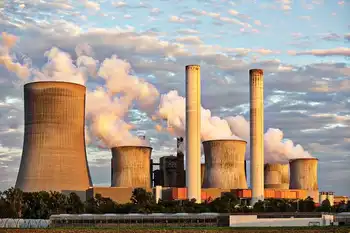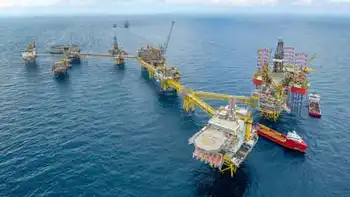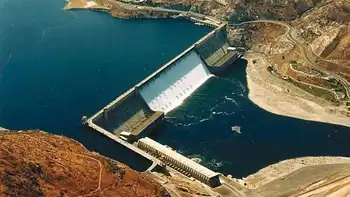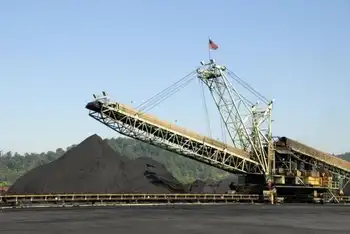California regulators approve $1.9 billion power line
By Associated Press
Protective Relay Training - Basic
Our customized live online or in‑person group training can be delivered to your staff at your location.

- Live Online
- 12 hours Instructor-led
- Group Training Available
The California Public Utilities Commission voted 4-1 for San Diego Gas & Electric Co.'s Sunrise Powerlink, which would run 123 miles from California's economically depressed Imperial Valley to the nation's eighth-largest city and carry enough power for about 750,000 homes.
Commissioners cast aside concerns that SDG&E will never deliver on promises to use the line for renewable power, that it will blight the mountain landscape with 150-foot towers, and that ratepayers will pick up the tab.
Commissioner John Bohn said the promises of renewable energy and jobs outweighed concerns about the project's cost and uncertainty about how the line would be used.
"I don't blame people for being a little cynical about the efficacy of the market system," he said. "This represents a very close call."
Commissioner Dian Grueneich dissented, saying she endorsed the power line but wanted requirements to ensure it is used for renewable energy. An administrative law judge recommended commissioners reject the proposal.
The commission's vote in San Francisco is also a victory for Gov. Arnold Schwarzenegger, San Diego Mayor Jerry Sanders and elected officials of Imperial County, where the unemployment rate reached 27.6 percent in October. They urged that it be approved without conditions.
The commission has held marathon public hearings since SDG&E asked permission to build the line three years ago, and it commissioned an 11,000-page report on its potential impact on the environment.
SDG&E, a unit of San Diego-based Sempra Energy, dropped initial plans to cut 23 miles through the middle of Anza-Borrego Desert State Park, a spot known for hiking trails, wildflowers, palm groves, cacti and spectacular mountain views.
A power line opponent, Michael Shames of Utility Consumers' Action Network, said his consumer advocacy group would ask a state court to block construction. He called the ruling "a whopping Christmas present for Sempra but a lump of coal for all of the state's ratepayers."
Environmental groups also criticized the commission for refusing to condition approval on renewable energy requirements.
"It was disappointing that the state missed an opportunity to hold this utility accountable," said Micah Mitrosky, conservation organizer for the Sierra Club.
Debra Reed, SDG&E's chief executive officer, said the requirements would have given generators an unfair advantage over producers in other parts of the state who weren't linked to the transmission line. She reaffirmed her commitment for SDG&E to get 33 percent of its power from renewable sources by 2020.
SDG&E aims to begin construction in late 2009 or early 2010 and finish by the end of 2012, Reed said.
The vote came as utilities nationwide are under pressure to rely less on coal and natural gas to fire their plants, the biggest source of carbon dioxide emissions in the United States.
California's three investor-owned utilities are required to get 20 percent of power from renewables by the end of 2010, and Schwarzenegger set a target of 33 percent by 2020. SDG&E is the biggest laggard, getting only about 6 percent from renewables.
SDG&E would build the power line but buy the power from a host of generating companies. The most ambitious generation project relies on a commercially untested technology for a gigantic solar plant.
Stirling Energy Systems Inc., a Phoenix startup, wants to build thousands of solar dishes, each four stories tall about 100 miles east of San Diego. The dishes, which collect sunlight to heat gas and drive the cylinders of an engine, have been tested on a small scale but would now need to move to mass production.











